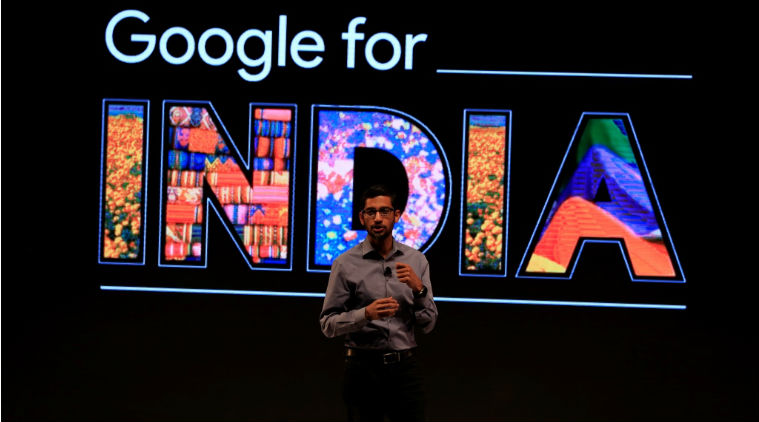Offers
of `
4L- `
13L for undergrads
MUMBAI: No longer do graduates only f rom t he I ndian Institutes of Technology (IITs) and the Indian Institutes of Management (IIMs) get hired with annual pay packages of Rs10 lakh and above. The ongoing placement season in city’s colleges is witnessing an increasing number of undergraduate students bagging job offers comparable to those that IIT-Bombay students have received in the current placement season.
The average annual packages being offered at the undergraduate colleges are in the range of Rs4 lakh to Rs6.5 lakh, while a few students have also managed to get offers between Rs12 lakh and Rs13 lakh.
“This year, more than 70 companies have already registered with us and at least three companies will be on campus every day till mid-January,” said Navin Punjabi, assistant professor and placement in-charge at HR College, Churchgate.
Of the 300-odd students who registered for placements this year, more than 70 have already got jobs in the first four days itself. “While the average package is around Rs5 lakh to Rs6 lakh per annum, the highest so far is more than Rs10 lakh,” said Punjabi, adding that last year, the highest package offered was Rs24 lakh per annum by a Japanese company.
Similarly, at St Xavier’s College, Dhobi Talao, more than 30 companies have already visited the campus and 60 students have been offered jobs. “Each company has offered different pay packages and the average is between Rs4.5 and Rs7.5 lakh per annum. The highest package to have been offered so far, to a TYBA student, is Rs13 lakh per annum,” said Dominic Fernandes, the placement officer at St Xavier’s College. Companies visiting the college are mainly from professional services, banking and finance, hospitality, information technology, media and education sectors, Roy Thomas, another placement official, told HT.
Along with job offers, there has also been a rise in the number of students interested in taking up jobs straight after graduating. At RA Podar College, Matunga, almost 50% more students have registered with the placement cell as compared to last. “Apart from finance, marketing and IT jobs, HR firms and banks have also shown interest in hiring fresh graduates this year,” said Ishani Chattopadhyay, secretary of the placement cell at Podar College. With the average package of Rs4.5 lakh, the highest offer made to a student has been Rs8.9 lakh per annum. “This year, the pay packages offered have been 20% to 50% higher than last,” she said.
Placement cells at almost all colleges ensure that students are made aware of the job description, pay scale, profile of the company, etc, in advance so as to avoid students from backing out of jobs at the last minute. Students, too, seem to be clear on what they can add to the job and their expectations in return. “On field experience is an advantage when we apply for further studies. My aim is to work in the investment and financial sector and once I gain enough experience, I will start applying to institutes abroad,” said Anirudh Poddar, 21, a TYBCom student at HR College.
With every passing year, colleges are witnessing an increase in the number of start-ups offering jobs to students. “Every day, we have at least one start-up offering jobs to our students. Most of them are into designing mobile applications. Students, too, are more inclined towards these jobs because of their tech-savvy nature,” said Hassena Sayed, assistant professor and placement in-charge at Jai Hind College, Churchgate. Many startups have also offered paid internships to first-year and second-year undergraduate students.
Source: The Hindustan Times dated 18 December 2015




